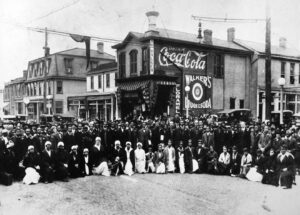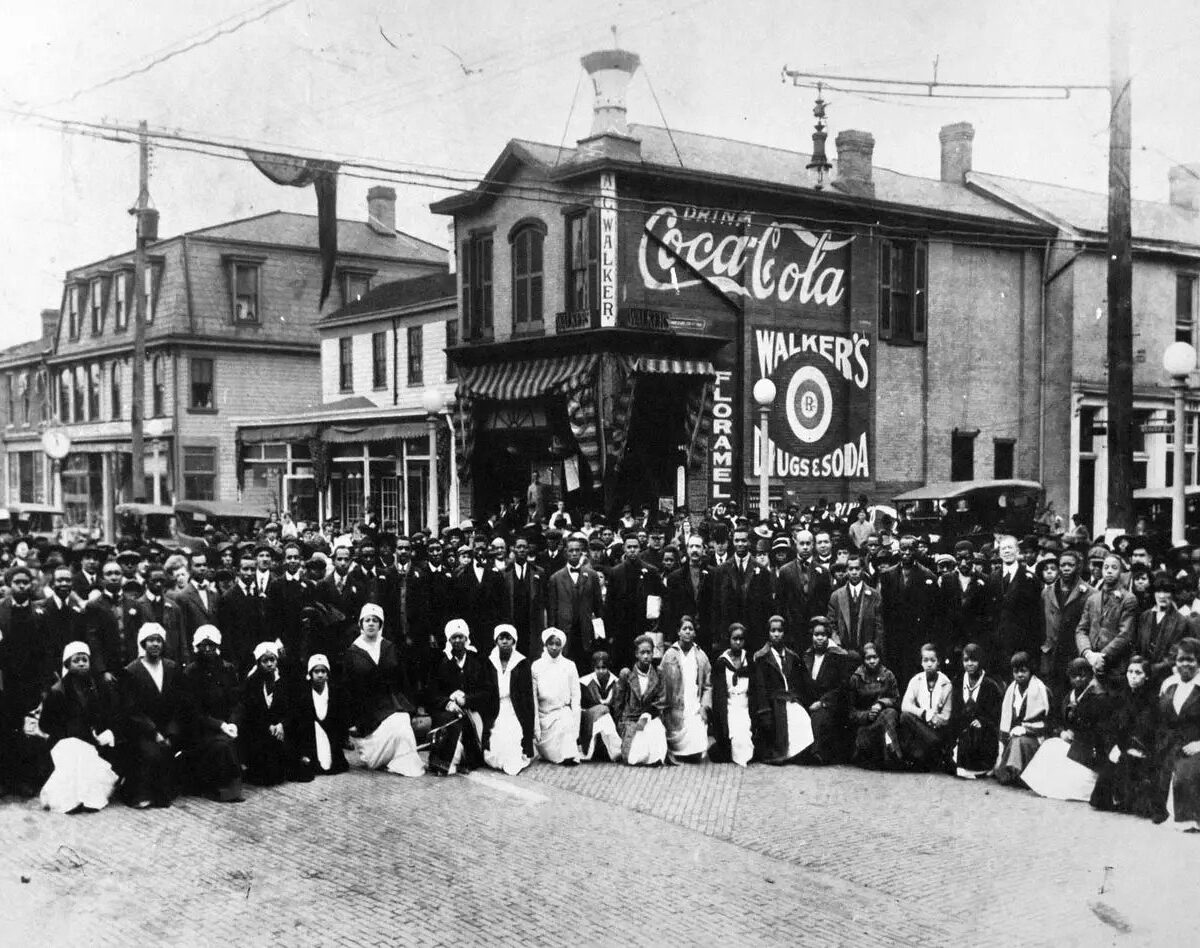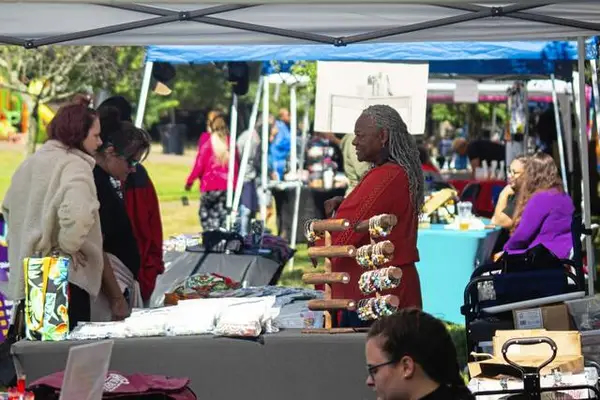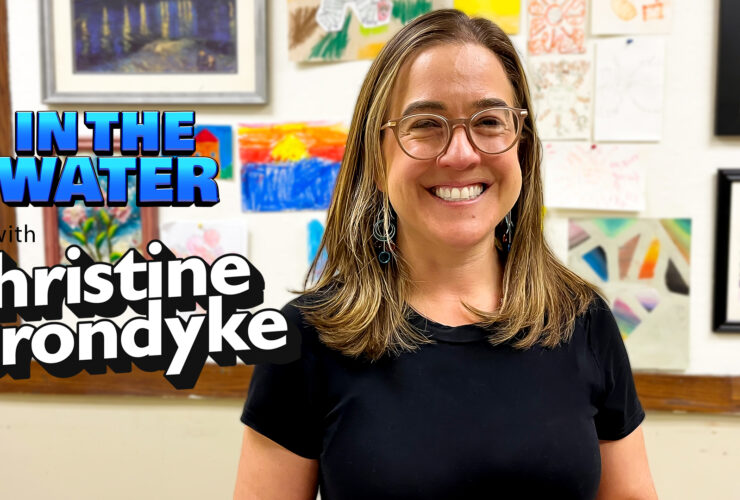
SEWICKLEY — From an Underground Railroad stop to a thriving business district to a venue where jazz legends played, to a cemetery honoring World War II heroes, Black history is prominent in Sewickley.
Sweetwater Center for the Arts celebrates that heritage Saturday through Nov. 7 by presenting a Self-Guided Black History Tour of Sewickley.
A tour map can be found at sweetwaterartcenter.org.
The do-it-yourself tour, also available digitally, takes place in conjunction with MAVUNO, the Sewickley center’s annual Black art and culture festival that in its 24th year also has gone virtual, due to the coronavirus and crowd restrictions.
The online exhibition is titled “Black Art Matters: Revisiting 10 years of MAVUNO Exhibitions.”
“Through the years, Sweetwater has been honored to present amazing artworks created by some of the most talented Black artists in our region for our annual MAVUNO Festival of African American Art and Culture,” Kelsey Eiseman, marketing director at the center, said. “Because our gallery is temporarily closed, we are taking this opportunity to look back at the history of MAVUNO with the virtual exhibition.”
Online visitors to the historical component will see an intro: “It is unknown to many that Sewickley has had a prominent and thriving Black community for many generations. The first Black settlers arrived in Sewickley in the 1820s. With opportunity to work in construction, building the town, and in wealthy homes as domestic workers, many migrated here and a large community of African Americans was quickly formed.”
Among the tour stops:
• St. Matthews African Methodist Episcopal Zion Church, 345 Thorn St.
The oldest African American church in Sewickley, began as a mission with six members in 1857 and became a safe house for those escaping slavery in the Underground Railroad.
• The Tuskegee Airmen Memorial at the Sewickley Cemetery, 501 Hopkins St.
Sewickley was home to eight members of the elite squadron of African Americans in the U.S. Army Air Corps, a precursor to the Air Force, who fought during World War II. They were the first Black military aviators with 992 pilots, including single-engine fighter pilots, twin-engine bomber pilots, and liaison and service pilots. Flying more than 1,800 missions in Northern Africa and Europe during WWII, they gained a reputation for excellence as their average for successful missions surpassed all other units.
• Smitty’s Bar, 428 Walnut St.
During the 1960s and ’70s, Smitty’s provided an adult social atmosphere for Sewickley folks and visitors from as far as Pittsburgh. Smitty’s was a happening spot, with loud music and plenty of people talking and laughing. Clarence E. Smith Jr., also known as Smitty, was the only Black tavern owner in Sewickley.
• Antioch Freeweill Baptist Church, 332 Elizabeth St.
Organized in 1890, as the first African American Baptist church in Sewickley. In the early days of this congregation, baptisms were held in the Ohio River at Chestnut Street.
• Flemming Brothers Barber Shop, Walcott Park, 502 Beaver St.
One of the first two Black-owned businesses in Sewickley. Both were barber shops, opening circa 1885, and were the only two Black businesses in town for quite a few years.
• Butler’s Valley Catering Co., the Flatiron Building, 514 Beaver St.
While working as a chef at one of the local hotels, John D. Butler became an entrepreneur, founding the Butler Brothers ice cream store and catering, also known as Butler’s Valley Catering Co. Run by his two sons, James and Carroll, the store operated for 29 years in the uniquely triangular building. patterned after a New York structure of the same name, Sewickley’s Flatiron Building has been identified as a historic landmark by the Pittsburgh History and Landmarks Foundation.
• “Colored” YMCA 411 Walnut St.
Though the Sewickley Valley YMCA offered recreational activities since the late 1800s, Black residents were not allowed to use the facilities. The Black community opened its own YMCA, known as the “Colored” YMCA in 1913. It continued in service until 1924 when it was damaged by a storm and flooding. The property now is occupied by Norman’s Cut N Edge Barbershop.
• Walter Robinson Legion Post 450, 20 Chadwick St.
Named for Sewickley’s first Black man to die as a result of a World War I injury, this Legion Post was founded in 1922, providing respite for members of the armed forces and for those coming home from conflict and war.
This was the old Sewickley Railroad Station built in 1887. In 1929 the railroad tracks were moved to make way for Ohio River Boulevard and the building was loaded onto flatcars and moved to its present location. The Legion became a social hub for Blacks in the area, as well as Pittsburgh. The Pavilion added to the back of the Legion was first used for boxing tournaments. In the 1940s through the 1960s it was the place where big named bands played, featuring stars like Dizzy Gillespie, Cab Calloway, Duke Ellington, Ella Fitzgerald, “Bull Moose” Jackson, Count Basie, Dinah Washington, Louis Jordan, Stan Getz, Ray Charles and Fats Domino.
Written by Scott Tady
Published by Beaver County Times




